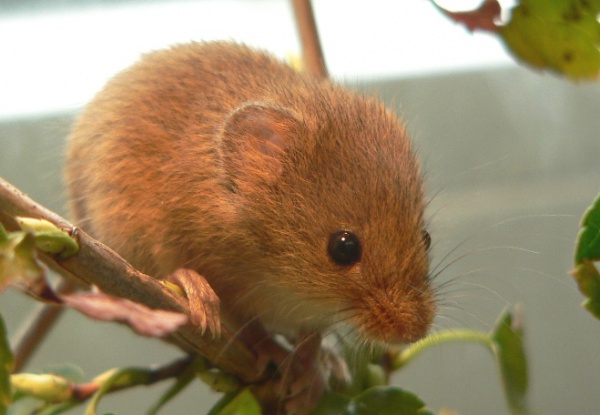Facts About Eurasian harvest mouse
The harvest mouse, a tiny rodent native to Europe and Asia, is often found in fields of cereal crops, reed beds, tall vegetation, and hedgerows. Its reddish-brown fur and white underparts are complemented by a prehensile tail that aids in climbing. As the smallest rodent in Europe, it weighs only about 4 grams and feeds on seeds, insects, nectar, and fruit. For breeding, it constructs spherical nests from grass, attaching them to stems above the ground.
Classified under the genus Micromys, the harvest mouse likely originated in Asia and shares a common ancestry with other rodent species. Historical glacial periods restricted its range, but as the ice sheets receded, the mouse expanded back towards Asia. Since 2001, conservation efforts in Britain have focused on protecting this diminutive creature.
Physically, the harvest mouse is notable for its small size, large eyes and ears, brown upper body, and white to cream underparts. Its prehensile tail is a vital adaptation for climbing and maintaining balance. It thrives in diverse environments such as hedgerows, railway embankments, and wetlands, showcasing remarkable climbing skills by using its tail as an extra limb.
In terms of reproduction, female harvest mice often select familiar males, possibly to avoid inbreeding. They build their nests above ground, with breeding seasons varying by region. However, the species faces threats from human activities including farming, pesticide use, habitat destruction, and urbanization.
To protect the declining harvest mouse population, various conservation measures have been implemented in the UK, where the species is safeguarded under numerous wildlife acts and frameworks. Surveys indicate a reduction in suitable habitats, emphasizing the need for continued conservation efforts.

 Greece
Greece